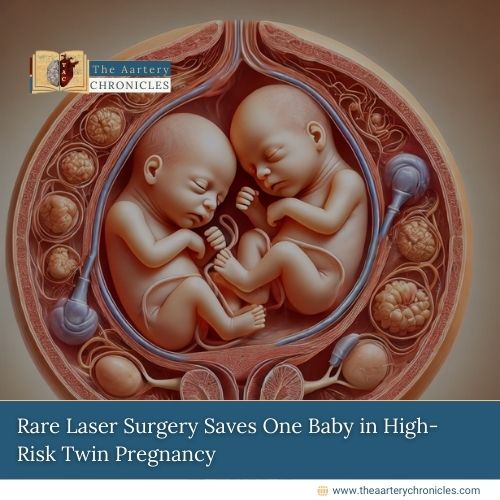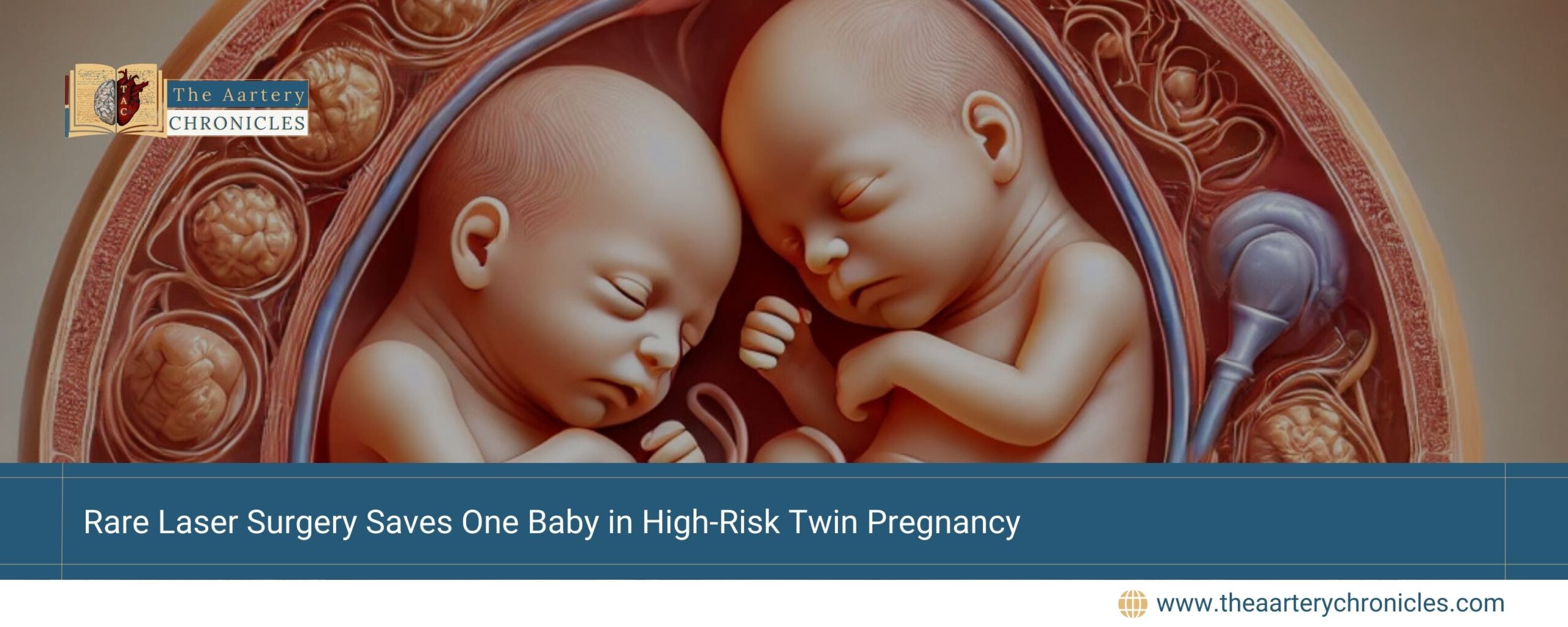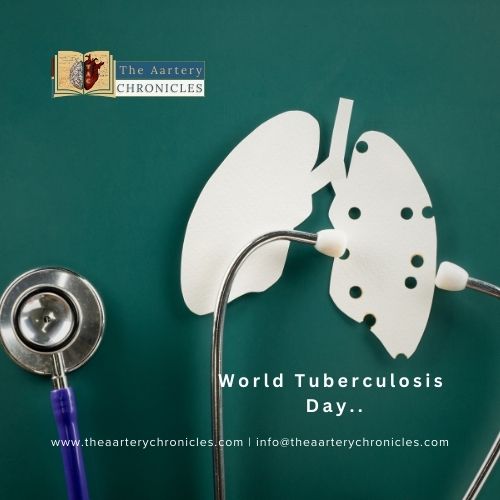

Rare Laser Surgery Saves One Baby in High-Risk Twin Pregnancy
Introduction
Doctors at Pune’s King Edward Memorial Hospital (KEM) performed a groundbreaking surgery using lasers to save a baby in a rare and complex twin pregnancy. The surgery carried out in September, involved stopping the blood flow to one weaker twin so the healthier baby could survive.
A Challenging Pregnancy Diagnosis
During a 21-week ultrasound, a nurse from Satara learned she was pregnant with monoamniotic twins. This rare condition involves both babies sharing the same amniotic sac and placenta, which creates a shared blood supply. The scan revealed that one baby was severely underdeveloped due to poor blood flow.
Typically, doctors recommend terminating such pregnancies to prevent risks to the mother and the healthier twin. However, since this was her first pregnancy, the mother chose to explore other options and sought help from KEM at 23 weeks.
What Are Monoamniotic Twins?
Monoamniotic twins share a single sac and placenta, making their survival a challenge. Due to a vascular connection known as anastomosis, blood flows between the two babies. This can result in one twin growing at the expense of the other, a condition that puts both lives at risk.
The Groundbreaking Surgical Approach
Dr. Shweta Gugale, a fetal medicine expert at KEM, explained that laser surgery offered a way to save a healthier baby. The team used lasers and bipolar cautery to block the blood flow to the weaker twin, a procedure rarely performed in India.
The surgery had two critical stages:
- Stopping Blood Flow: Doctors used a technique called umbilical cord coagulation to halt blood flow to the weaker twin.
- Severing the Cord: A laser was then used to cut the cord between the two coagulated areas, ensuring that the healthier twin’s blood supply remained intact.
Dr. Gugale noted that the weaker twin would naturally shrink over time and be expelled as a membrane during delivery.
Post-Surgery Monitoring and Results
Although the procedure was conducted on September 5, doctors monitored the pregnancy for weeks to ensure the healthy baby was growing normally. By October, they confirmed the success of the surgery.
Dr. Xerxes Coyaji, KEM’s medical director, described the surgery as rare and highly specialized. He highlighted the risks involved, including potential brain injury or even death for the surviving twin if the condition remained untreated.
Why This Surgery Matters
Dr. Manikandan K, a fetal surgeon at KEM, emphasized that the surgery was a life-saving intervention. In such pregnancies, there is a 15–20% risk of sudden death for both twins or severe complications for the surviving baby. The team’s expertise allowed them to safely navigate these challenges and provide the family with hope.
Conclusion
This rare laser surgery highlights the advancements in fetal medicine and the importance of early intervention. Thanks to the dedication of the KEM medical team, a healthy life was preserved while minimizing risks to the mother. This case serves as a beacon of hope for other high-risk pregnancies in the future.
Source: Inputs from various media Sources









